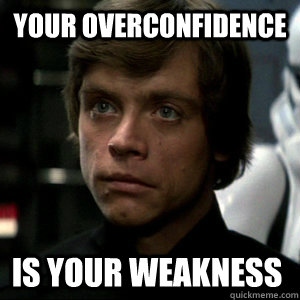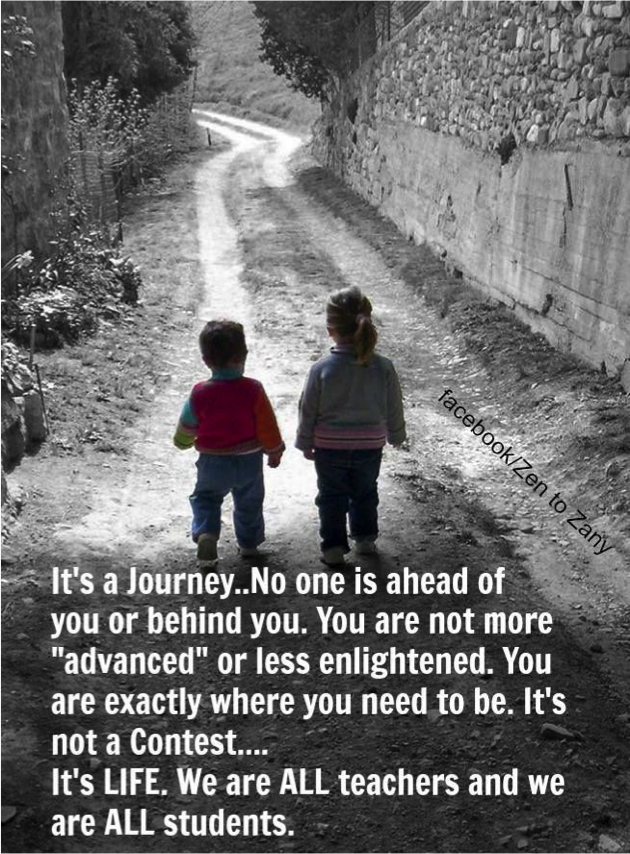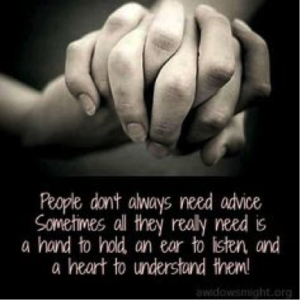What do bananas, Bonytail Chub, and teaching have in common? Prepare to get my take on life, the universe, and everything…
In my hastily written (and grammatically unsound) post on inclusion, I had two major regrets. The first was the aforementioned text level grammar (my only defense was that I did write it on a phone). The second was that the focus on the importance of inclusion and how it relates to title bias prevented me from talking about a related issue that fundamentally defines my personal world view: Diversity.
I love bananas. They are easy to eat, versatile to bake with, and potassium helps keep my blood pressure regulated naturally. Bananas also served as an important lesson in diversity. Currently, bananas are in danger of extinction. Even though most of the concern is recent, the situation has been long predicted because of the reliance on just a few varieties of the crop. Pre-1950 there were two main varieties in stores. Then Panama Disease devastated the then common Gros Michel variety, which made Cavendish the most likely banana you would purchase in the store today. The lack of diversity in the banana crop made it ripe for an extinction-level problem. There is now a real chance my breakfast of choice won’t be available for the next generation. Foresight into maintaining the diversity of the bananas, even if some of the varieties weren’t as “commercially ideal” as a cash crop, would have resulted in an easier solution to the possibility of extinction.

If you haven’t been keeping up on the amazing progress made in science in the last decade, you would be amazed (or horrified) at the godlike possibilities. The good news: those that worry about the human race ending in the next twenty years can take some consolation in the fact that we are a fairly inventive lot, and when push comes to shove can do some incredible things. The bad news: we really work best with templates, and as the banana issue shows, humanity often gets a failing grade in foresight.
Enter the Bonytail Chub, a cute fish native to the Colorado River system. Due to climate change and invasive species this little fellow (and many other native fish species) are also in danger of extinction like my beloved banana. Where the negatives of losing bananas are easy to digest, the negatives of losing the Bonytail Chub (and its many relatives) may not be as clear. Clarity is exactly the problem. Bonytail Chub’s live and thrive in muddy backwaters. Where many fish do best in clean fresh waters, the Bonytail Chub’s ability to live in less than ideal conditions make it unique. Remember how bananas wouldn’t be in their predicament if less ideal varieties had been maintained? With the very real (and aggravatingly rarely talked about) problems of dwindling freshwater supplies and water rights, having a species that contains the genetic puzzle pieces that allow it to thrive in poor water conditions could end up being what is required to save other species (moral questions of genetic manipulation aside).

Bananas and Bonytail Chubs are just two examples showing the importance of diversity in the natural world. Diversity is just as critical in every other aspect of life, including one that most of you reading this might be more familiar with.
Teaching is not a zero-sum game. I spend quite a bit of time every week creating videos for my classes to explain the objectives for the week and recap issues from the previous week. I know from analytics that only a third of my students actually make use of these videos (even less if the videos are too long), but those that do have given me consistent feedback that the videos are a major help to them. In the same respect, some students respond well to written feedback and instructions, and others do best in group work settings. In thirteen years of teaching, I’ve learned that one lecture does not fit all. One assignment or delivery is not the end game. Everyone learns and excels in different ways, so trying to maintain a balance of approaches is important to success. In other words, educational diversity.
Over the last three years of writing on 6×6 I have often eluded to how one of the most important aspects of critical thinking is to be open to new ideas, my hope is that this post will explain my belief structure behind that advice. Simply put: diversity is the answer to almost every problem.
Educational diversity results in higher success rates for students.
Economic diversity fosters resilience during downturns.
Cultural diversity leads to a better more understanding society.
Biodiversity is key to the survival of the planet and the species that reside on it.
So next time you are sipping a cup of tea under a star-filled sky contemplating the meaning of life, the universe, and everything appreciate the fact that there is probably more than one answer and more than one question, and that is a very healthy thing.





